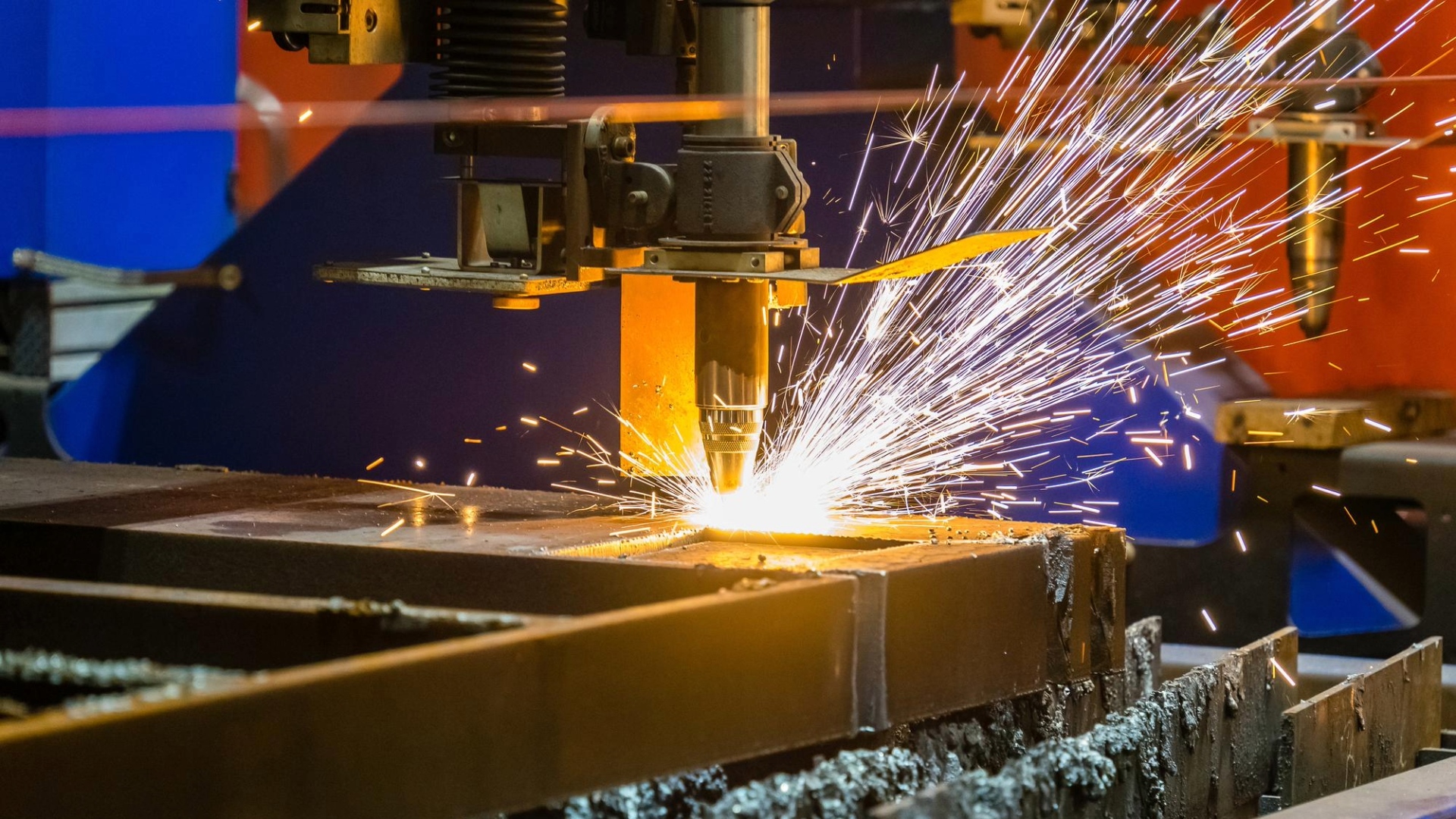The Rise of 3D Printing in Metal Manufacturing

Table of Contents:
The Growth of 3D Printing
Although current methods are fast, safe, and affordable, 3D Printing Service Malaysia offers an even quicker, safer, and cheaper solution. 3D Printing Metal produces parts that match and often outperform traditional ones, at a fraction of the cost.
Traditional metal fabrication businesses now face disruption from the growing force of 3D Print Malaysia.
Instead of cutting or removing metal from a solid block, 3D Printing Prototype builds objects by layering raw materials. This method uses less material, creates minimal waste, and cuts material and tooling costs significantly.
Quality Begins with Materials
Additive manufacturing does require investment, but ongoing advances make high-quality equipment more affordable, even for smaller producers. Still, the final product depends heavily on the raw material’s quality, just like in traditional processes.
Materials like aluminium, cobalt, copper, chrome, stainless steel, titanium, and tungsten must first become pure elements or alloy powder. You can verify the powder’s quality using an XRF (X-ray Fluorescence) metals analyser before using it.
Designers first create a detailed image of the object on a computer. A 3D metal printer then uses this image to guide the fusion and metal powder deposition. It prints layers, usually only 0.1 mm thick, to build complex and detailed shapes.
This method allows manufacturers to create parts that would be too expensive, or impossible to make with casting, forging, or machining.
Thanks to these thin layers, designers can produce hollow or lightweight parts. This advantage is crucial in aerospace, where reducing weight improves aerodynamics and lowers fuel use. That’s why many search for a 3D Printing Service Near Me that offers this capability.
Maintaining Quality Control
Since the process adds material instead of removing it, and reuses waste easily, 3D printing metal leaves a smaller environmental footprint. When you consider the constant retooling in traditional manufacturing, additive methods clearly offer a greener solution.
The process produces dense, sintered metal. In many cases, parts created this way show better flexibility, strength, and hardness than those made traditionally. However, they may also wear faster under certain conditions.
It’s essential to know and control the exact material makeup during production. Portable XRF analysers from Hitachi help analyze powders and finished parts instantly during each phase. These tools also store data in the cloud for fast access and reporting.
We look forward to seeing that 3D-printed bridge installed in Malaysia, marking a milestone for this powerful technology.
Contact Us if you have questions or looking to start your next project with a trusted 3D Printing Company. Our team is here to help. Reach out today, we’d love to hear from you.
- Tagged 3D Model Printing Service, 3D Print, 3d Printing Aluminium, 3D Printing Company, 3D Printing Company In Malaysia, 3D Printing Creations Malaysia, 3D Printing Service Companies, 3D Printing Service In Malaysia, 3D Printing Service Near Me, 3D Printing Services Online, Aluminium 3D Print, Aluminium 3D Printing, Aluminum 3D Printing, Metal 3D Printing
